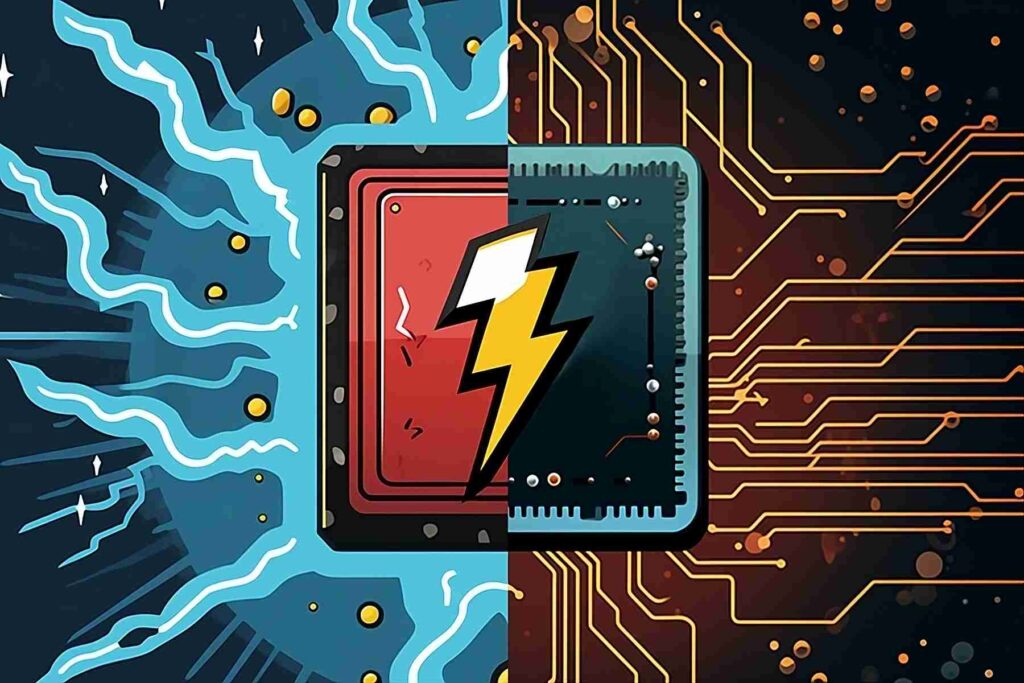Computing is considered to be at an inflection point. Each year the number of transistors will be doubled, predicted by the law of Moore. Zhizhen Zhong, in the team of MIT Associate Professor Manya Ghobadi, was a postdoc.
He stated
Photonic computing has shown significant advantages in accelerating bulky linear computation tasks like matrix multiplication, while it needs electronics to take care of the rest: memory access, nonlinear computations, and conditional logics. This creates a significant amount of data to be exchanged between photonics and electronics to complete real-world computing tasks, like a machine learning inference request.
He added by saying
Controlling this data flow between photonics and electronics was the Achilles’ heel of past state-of-the-art photonic computing works. Even if you have a super-fast photonic computer, you need enough data to power it without stalls. Otherwise, you’ve got a supercomputer just running idle without making any reasonable computation.
Read More:
News Source: https://shorturl.at/hGHN0
Image Source: https://shorturl.at/dpuAU

